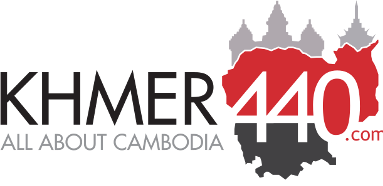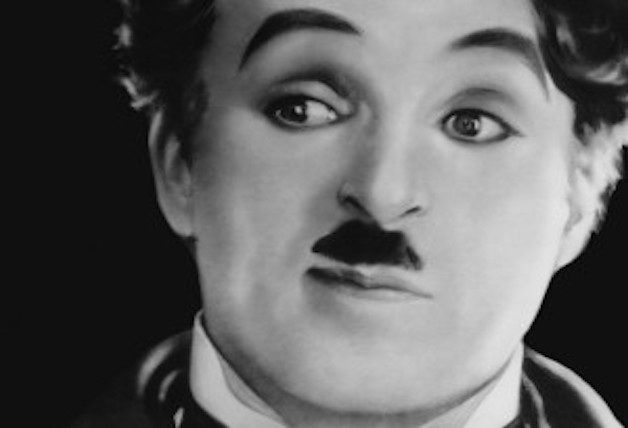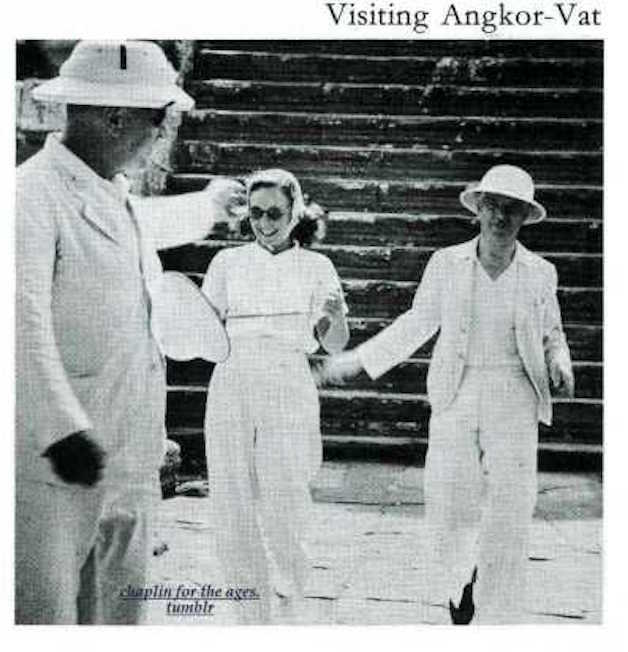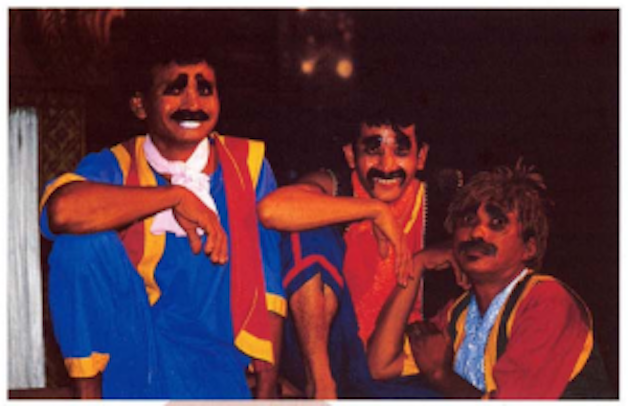Charlie Chaplin’s Cambodia
By 1936 Charlie Chaplin was a very famous man. He was also a controversial one. Modern Times was released that year, and rumours were going round that Charlie was a communist. Modern Times, after all, was about a factory worker who wasn’t very happy with his lot. Charlie wanted a little time out. With his young star Paulette Goddard he set off by boat for a holiday in Hawaii.
But in Honolulu the press were waiting on the dock. Charlie and Paulette hopped on a boat for Japan under false names. From Japan they travelled on to Hong Kong, then Singapore, then Java and Bali, then back to Singapore, from whence they returned to the US. They were away five months. On the way, maybe in Canton, (Guangzhou), or maybe in Singapore, Charlie and Paulette got married – or maybe not at all. Charlie says in his autobiography that they were, but there are doubts, and Paulette was remarkably coy, declining even to admit that the ring she wore meant she was now Mrs Chaplin.
You’d never know it from Chaplin’s autobiography, but on their Asian tour he and his new wife visited Angkor. You’d also never know that they were travelling with Pauline’s mother and Charlie’s Japanese passepartout, Frank Yonamori. Charlie’s autobiography is one of the greatest no-tells in publishing history.
In fact Charlie devotes much more space to a very funny encounter with Jean Cocteau on the boat from Singapore to Saigon. Cocteau was a Chaplin fan, but a very intense one, and the language barrier meant they had to discuss art and life through an interpreter. Mr Cocteau – he say – you are a poet – of zer sunshine – and he is a poet of zer – night.
After a single marathon session together the two of them decided that though they each much admired the other, they’d rather not have to go through that again. They spent the rest of the voyage ducking in and out of doorways and cabins, smiling politely whenever their paths happened to cross.
The party arrived by steamer in Saigon on 12 April. After a little tourism in Cochin they drove to Phnom Penh, checking in at the Hotel Le Royal on the 18th. The same day they visited the Royal Palace and saw the king, and strolled around the “Asiatic Quarter”, the Chinese district around Psar Thmei, which was then being built.
They were charmed by the city, and relieved to find it more civilised than they’d been led in Saigon to expect – Charlie had thought he’d be camping out, but the Royal was a superb hotel with perfect service.
Charlie and Paulette were big news, the reporters descended, and Charlie entertained them “with much courtesy and charm” in the hotel bar (presumably the Elephant Bar). Phnom Penh, he said, was charming, the palaces and pagodas delightful, the Cambodian houses picturesque. He felt he had to question whether French Colonial villas (the ones the Europeans lived in) were perhaps a little suburban and uncomfortable, but the wide boulevards, built over newly-reclaimed canals, were the equal of those in Paris. Asked if he might consider making a movie in Cambodia, he didn’t rule it out, but also didn’t see it happening in the immediate future. He would, however, undertake to publicise Indochina as a tourist destination on his return home.
Next day they continued on to Siem Reap for the purpose of the visit, which was to see Angkor. They were shown around by Victor Goloubew, a wealthy White Russian aristocrat and archaeologist, and returned by road via Phnom Penh to Saigon for the remainder of their Indochina tour.
In French Charlie was and is known as “Charlot” (sharlo), and in Khmer this became “Sak-lo”. Charlie, as Sak Lo, remains popular in Cambodia to this day, and slapstick is still the dominant style of Cambodian television comedy. The clowns wear thick greasepaint moustaches and curly black wigs based on the Tramp. The doyen of the sak lo style is Neay Krem, who seems to have created or re-created it in the 1980s after the Khmer Rouge had destroyed traditional culture in this as in other areas. Interviewed by Southeast Asia Globe magazine in the middle of 2015 he said:
“The influence of Chaplin [in Cambodia] was big in my opinion. Contemporary comedy in Cambodia now just copies from neighbours in Vietnam and Thailand. It has changed. [But] Chaplin is better, in my personal opinion; [his style] is understandable, universal,” says Krem, going on to explain that while Chaplin-esque slapstick remains a core part of his act, he must constantly adapt to the crowd. “The [Cambodian] lower class is more fond of [verbal] comedy that involves some sort of sexual innuendo … the middle class, they like slapstick, action-based comedy, Chaplin style … and the upper class, they need both, the words and the action.
Cocteau was right, Chaplin was a poet of the little man, and in 1952 he was banned from America for his socialist views. Perhaps, when McCarthyism was over, he could have gotten a new visa, but he never tried:
“Whether I re-entered that unhappy country or not was of little consequence to me. I would like to have told them that the sooner I was rid of that hate-beleaguered atmosphere the better, that I was fed up of America’s insults and moral pomposity.”
Cambodia, however, is not America, and Krem is a Colonel in a special propaganda bureau answerable to Prime Minister Hun Sen. He criticises the opposition, and praises the establishment. What would Charlie have thought!
This article first appeared on Philip Coggan’s excellent Cambodia blog www.pjcoggan.com Thanks to Phil for letting us reprint it here.






That might explain the Hitlerisk moustachioed ‘comedian’ that attend seemingly every Khmer wedding.
Cheers for that